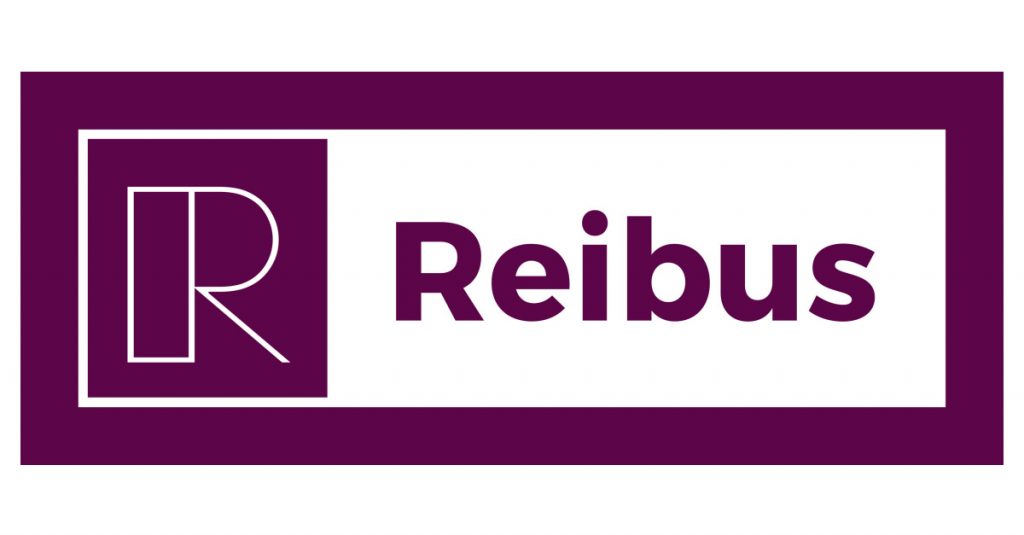Shipping and Logistics

Reibus logistics update: Inflation makes a comeback
Written by Robert Martin
April 12, 2024
Our aim in this update is to bring you the latest insights into the flatbed and dry van markets. Our goal is to shed light on recent trends and factors that could influence rates throughout the year.
Flatbed market: A step toward an inflationary rate environment
As we navigate through the first half of 2024, we are seeing early signs of an inflationary rate environment for flatbed shipping, albeit slightly later than anticipated. Excess supply has persisted longer than expected for both flatbed and dry van, resulting in rates remaining lower than for longer than anticipated. However, with the first (very early) read of Q2 recorded, we are beginning to cross into an anticipated inflationary rate environment.
Dry van market: Similar trends with stability
In a noteworthy alignment with the flatbed market, the dry van market is positioned similarly. Dry van spot rates are projected to close Q2 within the range of -3% to -1% on a year-over-year basis. Unlike the volatility observed in flatbed rates, dry van rates have maintained relative stability throughout the year thus far.
Key news
- Port of Baltimore. The collapse of the Francis Scott Key Bridge in Baltimore will have a lingering impact on supply chains with key nodes in the Northeast. The bulk of the volume that typically ships into Baltimore has been shifted to the Port of New York and New Jersey, Norfolk (Va.), and Savannah (Ga.). We are still in the early phases. Stay tuned as we track the repercussions in future editions.
- Class 8 truck orders: normalization following a recent peak. FTR’s report on Class 8 preliminary net orders for March reveals a decrease of 34% from February and a 4% decrease year-over-year. After maintaining an average level of around 25,000 units for the previous three months, orders appear to be slowing at a typical rate, given the current rate environment for carriers.
- CPI accelerates again, dashing rate cut hopes. In March, the consumer price index accelerated more quickly than anticipated, signaling a notable increase in inflation. This development has dampened expectations for any imminent interest rate cuts by the Federal Reserve. It marks the third consecutive strong reading. It also means that the stalled disinflationary narrative can no longer be called a blip. The persistent rise in inflation suggests that even if there is a cooling in inflation next month, the Fed may exercise caution. That makes a rate cut in July unlikely. This caution is further compounded by the approaching US election, which will inevitably influence Fed decision making.
Ocean transit indicators (OTI)
- China to northern Europe: The OTI remained steady at 65 days due to carrier re-routings from the Suez Canal around the Cape of Good Hope.
- China to the US East Coast: Transit times remain elevated at 62 days as some carriers opt for westward routes around the Cape of Good Hope, while others navigate through the Panama Canal despite slot restrictions.
- China to the US West Coast: After a previous increase, transit times decreased to 36 days, offering a glimmer of relief amid ongoing challenges.
To see the full report or for further details and inquiries, reach out to Reibus Logistics and the author at robert.martin@reibus.com.

Robert Martin
Read more from Robert MartinLatest in Shipping and Logistics

US Great Lakes iron ore cargoes down notably through May
The Lake Carriers' Association reported a considerable decline in monthly iron ore shipments from US ports on the Great Lakes.

Wittbecker: West Coast port congestion
What's going on in West Coast ports?

Wittbecker: Mexico invests in port capacity despite US tariff troubles
The Mexican government aims to transform Manzanillo into the largest seaport in Latin America, capable of processing some 10 million TEU (20-foot equivalent units) per year by 2030. It is already Mexico's largest port and the third largest in Latin America, handling nearly 4 million 20-foot containers in 2024.

Wittbecker on Aluminum: When do the tariffs reach Main Street?
Containers sailing from China in April are down 15%-20% and Hapag Lloyd says their future bookings transpacific are down 30%.

Wittbecker on Aluminum: US-China trade war clobbers cross-Pacific trade
Container shipping lines have sharply increased blank sailings on Transpacific routes in response to escalating trade tensions between the US and China.
